Photo
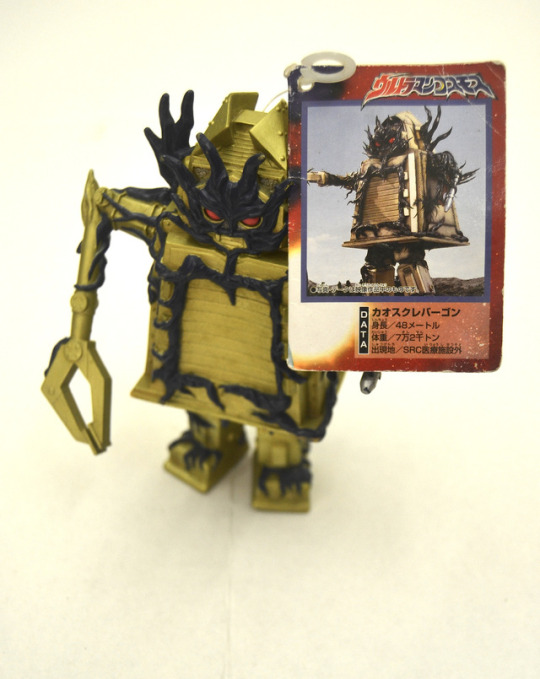

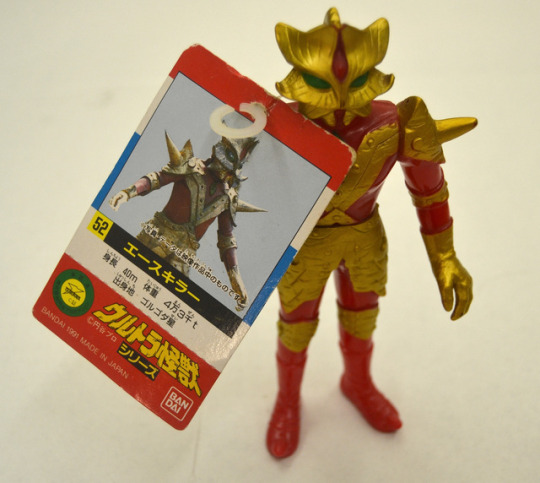
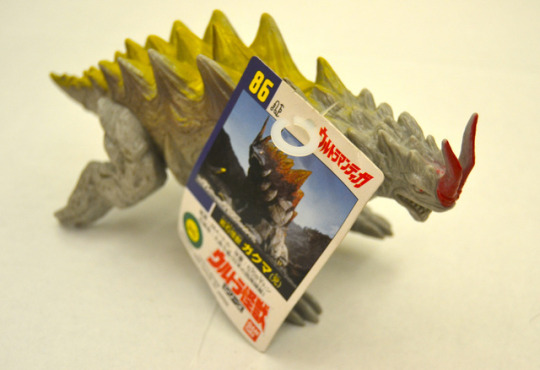
Ultraman action figures
This epic collection of monster action figures is from the Japanese superhero show Ultraman, which first aired in 1966. Ultraman became a cultural phenomenon in Japan and it’s most likely due to the various monsters featured in the 39 episodes.
The Ultraman series used various monster costumes, known as kaiju. While many of the monsters were dinosaur-like, similar to Godzilla, there were also giant insects, carnivorous plants, humanoids, aliens and a yeti.
Famous monster suit actor Haruo Nakajima, who performed as the original Godzilla, dawned many of the costumes. Nakajima even wore his Godzilla suit in the series, but altered and spray painted and renamed Jirass in “The Mysterious Dinosaur Island.”
8 notes
·
View notes
Photo

1930s gooseneck lamp
10 notes
·
View notes
Photo
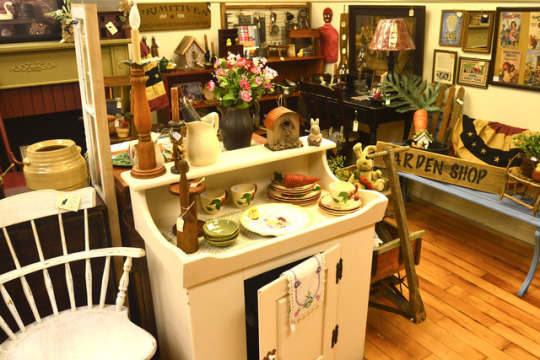
Early American country primitives and decor
3 notes
·
View notes
Photo

Collection of old fishing lures
0 notes
Photo
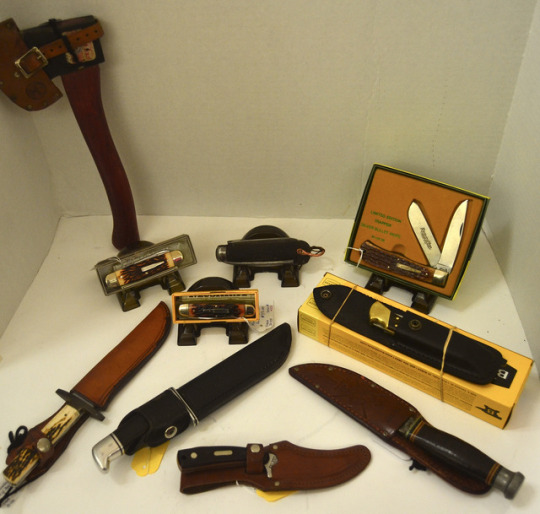
Vintage pocket knives and fixed blade knives
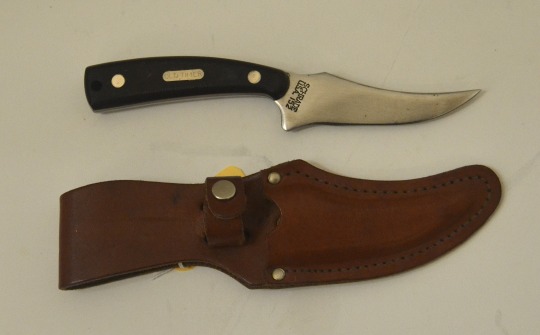


0 notes
Photo
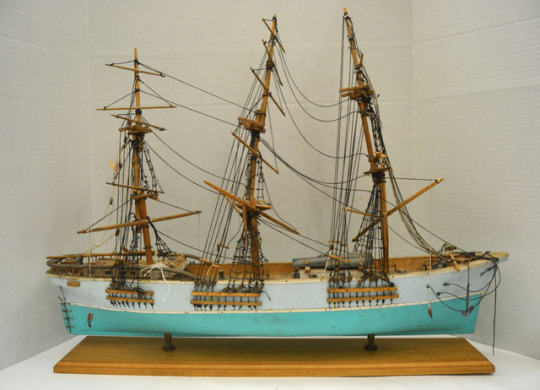
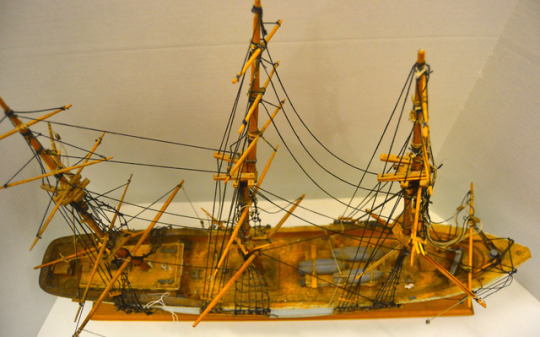
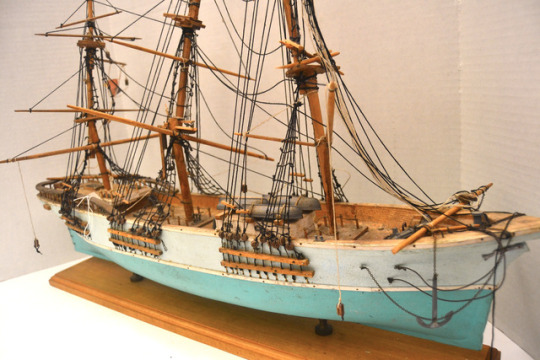
Vintage model ship
4 notes
·
View notes
Photo
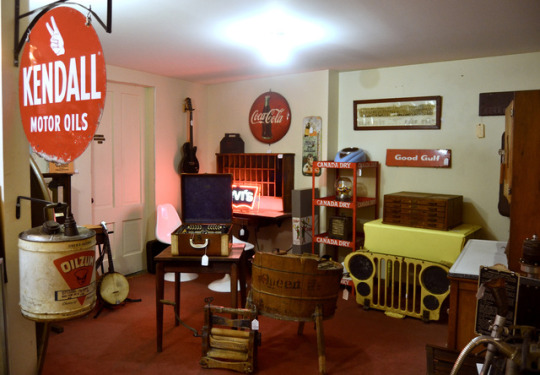

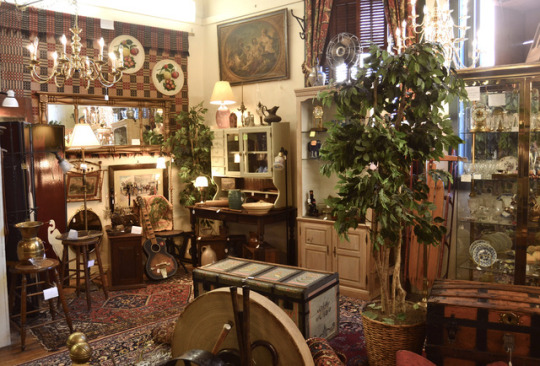
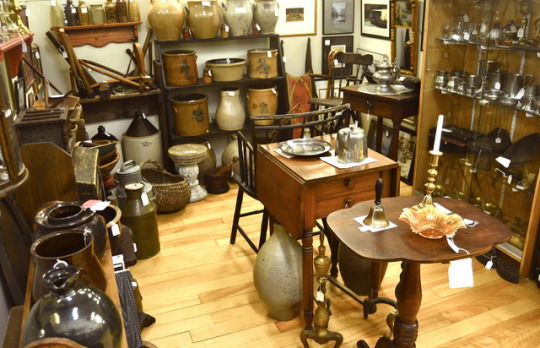
#antiques marketplace#booths#vendors#collectibles#antiques#mid century#furniture#oriental rug#african mask#retro#advertisement#signs#art#paintings
3 notes
·
View notes
Photo
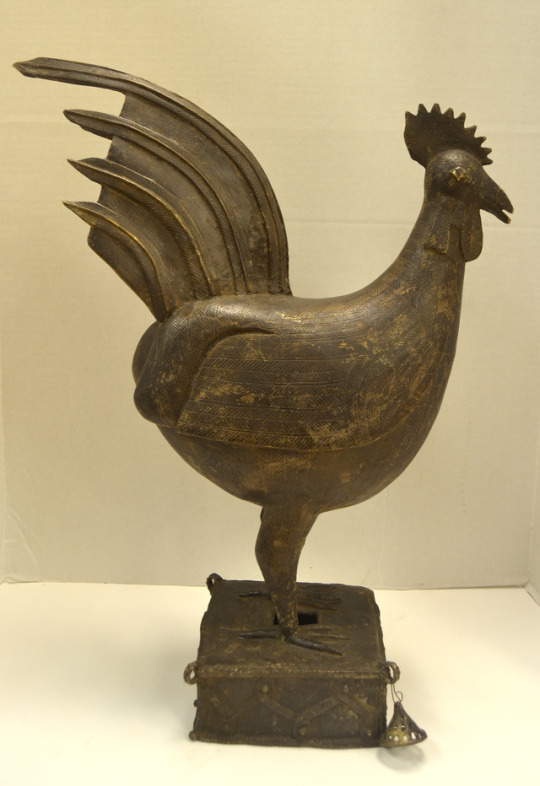
Benin Bronze Cockerel, circa 1890
This royal ancestral alter piece commemorates the Queen Mothers of Benin. It represents the fowl and other animals that were sacrificed during rituals honoring royal ancestors.
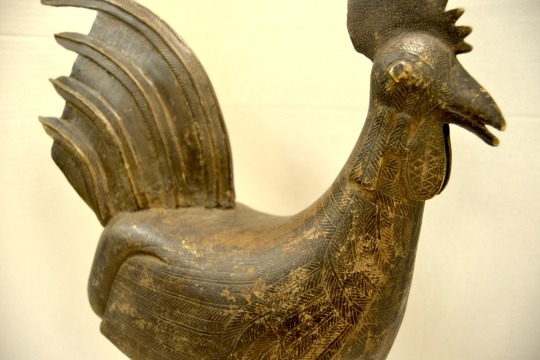
3 notes
·
View notes
Photo
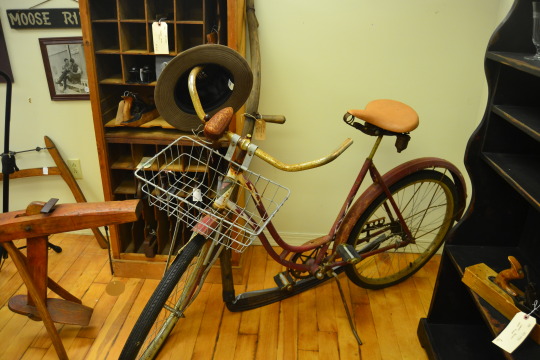
Vintage Iver Johnson bicycle
These classics are known for their unique and aesthetically pleasing design, just as they were back in the bicycle boom of the late 19th and 20th centuries. An American bicycle company, the popular product had a reputation for being graceful and well built with high performance ratings.
For collectors, Iver Johnson bicycles are highly desirable to this day. There is an Iver Johnson bicycle on display at the Smithsonian Institution’s National Museum of American History, but they are also widely available to people looking to have them on display in their own homes, a unique decorative piece with a rich history.

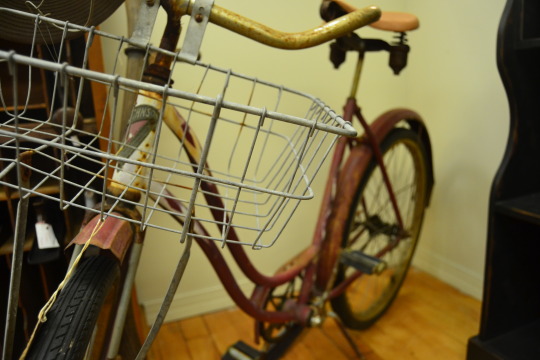
4 notes
·
View notes
Photo

Stan Laurel and Oliver Hardy were a famous comedy duo in the 20s and 30s. With backgrounds in comedy and vaudeville, the two comedians appeared in the film “The Lucky Dog” in the early 20s. The film’s director noticed how well the two played off of each other and encouraged a partnership between the them.
Their official partnership began in 1926 as comics at Hal Roach Studio in Hollywood. After their first joint appearance there they were seen as the comedy team, leading them to tours around the world. The pair also collaborated on silent films and then talking films, which saw success throughout the world. Laurel and Hardy even won an Oscar for their short film “The Music Box” in 1932.
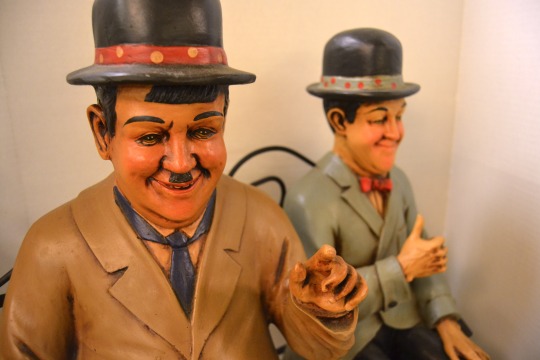

A fun fact from the official Laurel & Hardy website:
The official date of death of Mr. Laurel and Mr. Hardy:
Hardy: Aug 7, 1957.
Laurel: Feb 23, 1965.
8x7=56. 2x23=46. 56-46=10.
Laurel was 75. Hardy was 65. 75-65=10.Hardy died at 65 in '57, which is 75 backwards, Laurel died at 75 in '65, which is the age when Hardy died in '57, which is 75 backwards, which is the age when Laurel died, in '65, at age 75, which is '57 backwards, which is when Hardy died, at age 65, to infinity to the tenth power, which is how long Laurel & Hardy will continue entertaining a world in need of laughter ... if we have anything to do with it!
https://www.youtube.com/watch?v=GsFeB3vZdRI&t=13s
9 notes
·
View notes
Photo

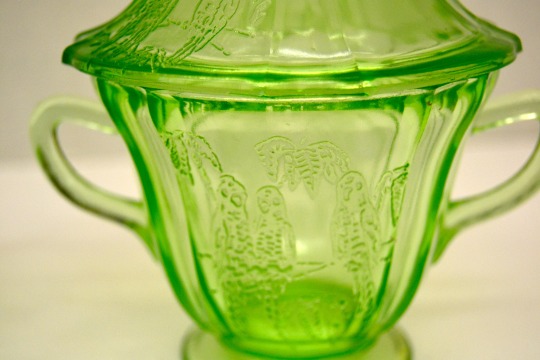
“Federal Glass Company’s parrot pattern is one of the rarest of all depression glass patterns. It was made from September 1931 to March 1932. It was withdrawn from production after six months due to mold issues. Parrot is not for a beginning collector. If you need to bring a piece home every time you go out looking, Parrot is not for you. Parrot sets a lovely table, but it can take years to assemble a collection.” - Wayne Shelton, vendor
5 notes
·
View notes
Text
Meet A Vendor: Wayne Shelton

“I collect elegant glassware from the Depression era and depression glass. It all started when I was 14 years old. I broke a salad plate that belonged to my mother. I told her I would replace it. I started collecting the different patters and really became very attached to it. I’ve now been involved with it for 40 years.
I like the colors, the patterns. There’s so much variety in it and so many fun things to collect. I like the candy dishes and the very large serving pieces. Some pieces are too large to use today, but very fun to have and very impressive when you set your table with it.
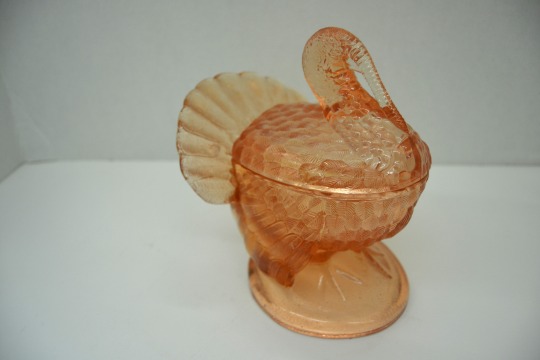
I’m friends with several of the known authors in depression glass, like Hazel Marie Weatherman and Gene Florence. I met them by going to different glass shows and showing them some of my really rare pieces.
I had this flanders pitcher. You see it very regularly but that’s the first lid I’ve seen in 40 years of collecting. I went to my 1927 Tiffany catalogue to verify. I was just beyond words.
I just love the hunt. You have a certain piece you’re looking for. It’s a thrill, that’s what it is.” - Wayne Shelton, vendor.
3 notes
·
View notes
Photo

Buddha Head, cast iron sculpture c. 1890
The 1890s were part of Japan’s Meiji era, which extended from Oct. 23, 1868 to July 30, 1912. The Meiji period represented the first half of the Empire of Japan during a time when the Japanese society moved from being an isolated feudal society to its modern form, which included changes to social structure, politics, economy, military and foreign relations.
Before the Meiji period several religions co-existed peacefully in Japan. Citizens were free to worship Buddhist divinities and/or Shinto gods. Adopted from China via Korea, Buddhism was introduced to Japan during the 5th and 6th centuries. The Imperial government during the Meiji restoration attempted to unify the country by purifying Shinto from foreign influences, ordering the separation of Buddhism and Shinto. Soon Buddhism fell and Shinto was declared the official religion. This religious reform led to the demolition of many small shrines and the removal of Buddhist images.
13 notes
·
View notes
Photo
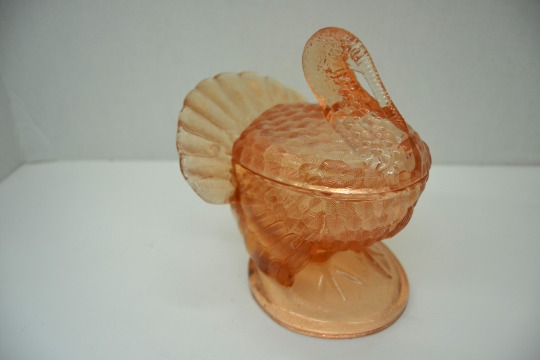
Cambridge 1221 Turkey
“This is the rarest of all Cambridge collectibles. Featured in the 1930 catalog, Cambridge soon realized the turkey was a flop. It was recalled shortly after production began. They are extremely rare today and missing from most Cambridge collections.” - Wayne Shelton, vendor.

3 notes
·
View notes
Text
Vintage Black Doll
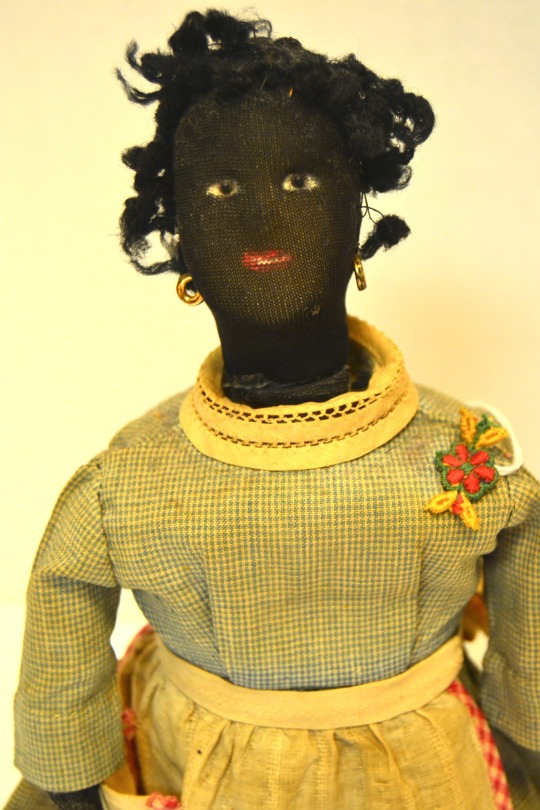
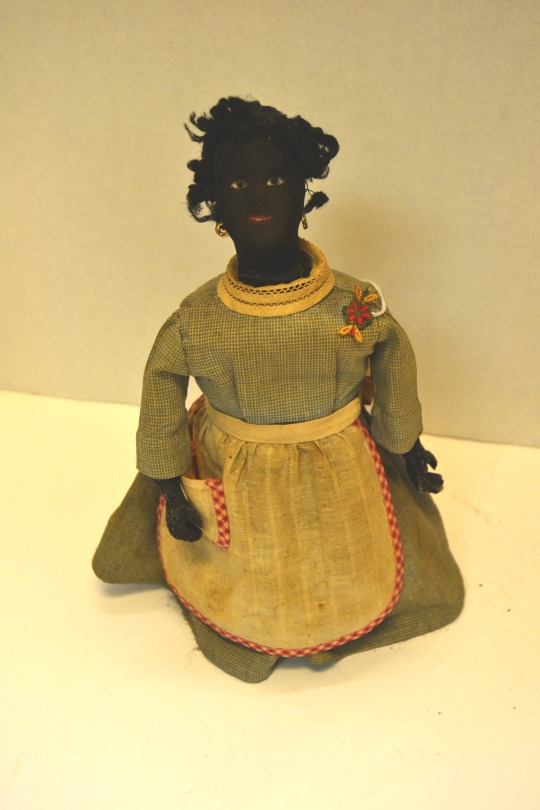
“Beautiful Black-Cloth Dolls: Yesterday, Today and Tomorrow” by Tracy Schmidt (Antique Trader)
“Black Dolls” – two words that encapsulate many physical representations and emotional connotations.
There are cloth dolls that are respectful in nature and there are dolls that are caricatures which exist in the collecting marketplace. There are truly old dolls and modern reproduction folk art dolls made in tribute to the true old rag dolls and caricature styles.
I am going to share what I know about the dolls made by women for children, both black and white. It is not my place to say where these cloth dolls belong in African-American history. What I want to do is start a conversation about how and why these dolls exist and the fact that the majority of truly old dolls were made for children out of a love that transcended racial lines.
The love and craftsmanship in these dolls is clearly demonstrated by how these simple dolls have held up over time. The makers of these pieces of art deserve credit for their work and the heart they put into making these items. I do not feel that these attributes should be overlooked due to the racial connotations some might attribute to “black dolls.”
The cloth dolls of yesterday are not the status symbols of today’s modern dolls. They were made in the day when black women were nannies for children, and the children wanted representations of their caretakers. The dolls were made to be held as comfort in fear, absorb tears and to be used as items of joy for playing, just as any other rag doll. They reflect the moods of their times, as all dolls do. Modern black dolls directly reflect the intelligent, fashionable and successful African-American women who collect them.
There are several ways physically to tell the difference between old and new dolls. According to historian Roben Campbell, who has done extensive research in dating old black cloth dolls, they can be divided into three periods: The Earliest are the Finest (1870-1890), Everyday Calico and Shoe Button (1890-1910) and The Last Stand: The Bottle Dolls (1910-1930). Some of Campbell’s informative research may be found in the catalog and articles on her website: www.blackclothdolls.com.
Campbell’s extensive research, which has included the collection of Pat Hatch, indicates that the 1870-1890 cotton dolls are finely crafted and dressed in rich fabrics, such as wool, linen and velvet. Frequently, the dolls feel firm and have well-made bodies, molded heads and extremities. They often have inset eyes and attached mouths, ears and noses, along with embroidered features. The doll’s hair is commonly made of sewn-on horsehair or fur wigs. A center seam is sometimes present on the front of the face.
The Everyday Calico and Shoe button period from 1890-1910 is characterized by less expensive materials, including the use of black sateen. Faces were embroidered with neutral expressions featuring straight mouths, and shoe buttons came into use for eyes. According to Campbell, old black cloth doll faces were actually redone to reflect the current mood of the time. The neutral mouth enabled a child to interact with the dolls without any predetermined emotion present on the doll.
Bottle dolls encompass the final period. According to Campbell, they were made of bottles that were weighted down by being filled with sand or shot. The bottles were then covered with embroidered doll heads and clothes and used as door stops. Campbell conveys, “The bottle dolls are the most simply made, but have unusual charm, and are favorites today.”
Black doll expert Pat Hatch collects non-caricature black dolls. She has been collecting these dolls for more than 35 years and has a website: www.countryandshakerantiques.com where she sells black cloth dolls and other antiques. Her ever-growing collection is inspired by her desire to educate others in the non-monetary value these dolls possess and make people aware of their existence. Her collection began when she saw an old black cloth doll and was struck by the way it was lovingly made and preserved. The truly older dolls she collects are not generally easy to locate. It has taken her years of attending doll shows to accumulate her more than 100-item black cloth doll collection.
In her experience, Hatch has seen several ways modern dolls have been treated to make them look old. They are often stiffened, painted and might be even be dressed in truly old clothing.
The doll I purchased that inspired this article is one such folk art representation doll that is actually dressed in an old cutter quilt. My example even has an old skeleton key around her neck. She has been painted and stiffened, and the detail in her extremities is fabulous. In fact, I first fell in love with her feet and the seamstress who so skillfully sewed them. When I purchased this representation doll, she was sold to me as an actual antique.
From small, low-resolution photos it can be hard to tell the difference. I liked her as a piece of folk art and bid on her as such. When she arrived, I saw her old clothing and my mind filled of questions. While these dolls are not all created to fool people, it can be hard to distinguish truly old and modern for a non-doll collector, so here are a few bits of information from Hatch, to keep in mind:
New dolls are often softer to the touch and light in weight because the filling is polyester and not the heavy cotton batting or rags used in the 1800s. Upon close inspection, the material won’t have developed the creases and permanent folds that can be seen in 100-year-old clothing and body parts. Artificial wear can be done, but with close inspection, it rarely will fool the eye.
Tea dying of material to give fabric the look of age can give the old effect from a distance, but it doesn’t compare when held next to something old and discolored by age. New white thread will fluoresce with black light, so any seams or white thread in the doll’s clothing with give the age away as being new. Maybe the best way to tell a new doll that looks old is your gut feeling. If you think it might not be old, you are probably right.
There are beautiful black cloth dolls. The dolls exist for many reasons, but for me, the bottom line is the answer to the following question: Is it possible to see the artistry and grace these dolls embody, past the societal prejudice and racism, since they are objects created from love? For me, the answer to the question is yes.
7 notes
·
View notes
Photo
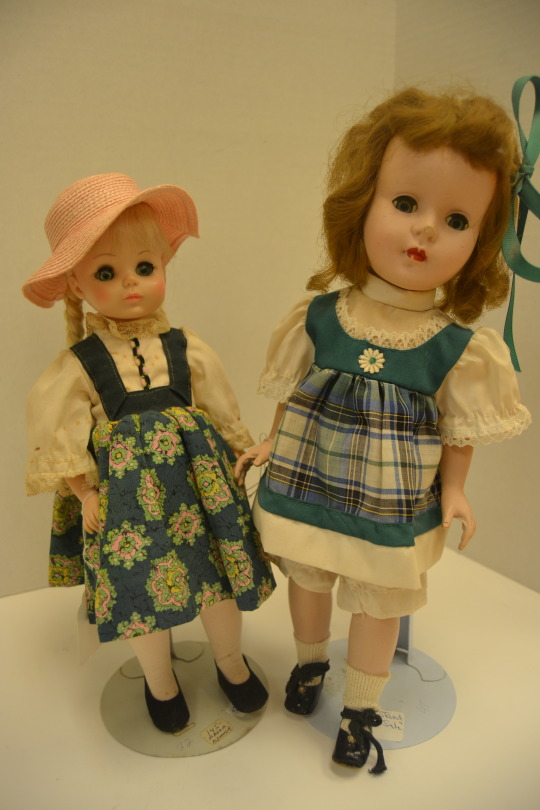
“These are both Heidi Dolls. They’re from the 1950s. They were storytelling characters, about a family in Switzerland. Girls today have American Girl Dolls. It’s that kind of thing.” - Ron Becotte, vendor.
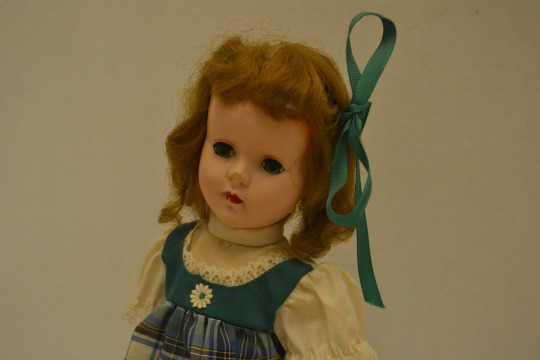

13 notes
·
View notes
Photo
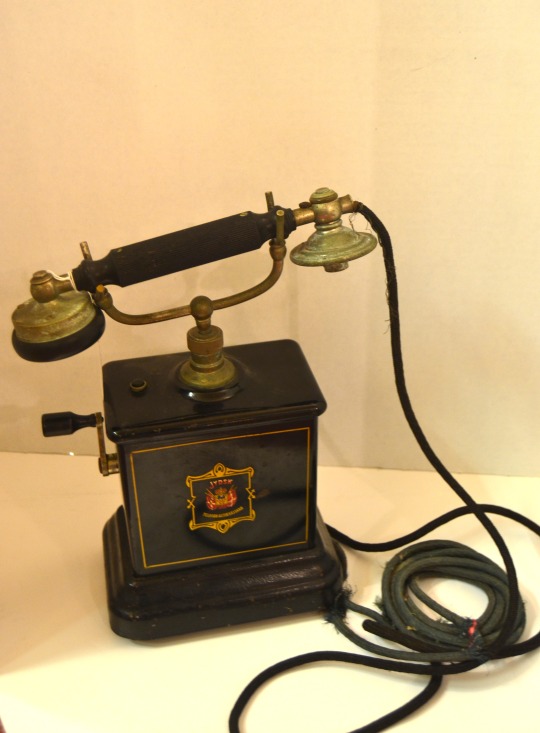
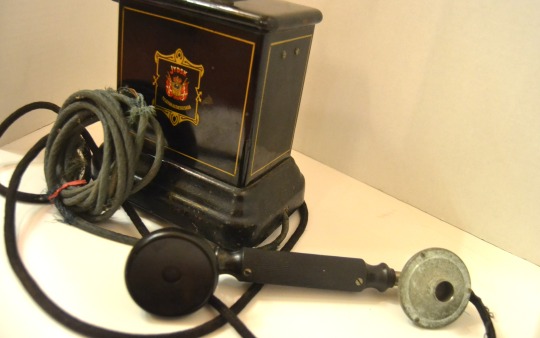
Antique Jydsk Telefon, Denmark
18 notes
·
View notes